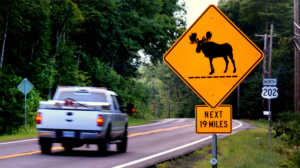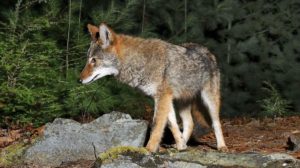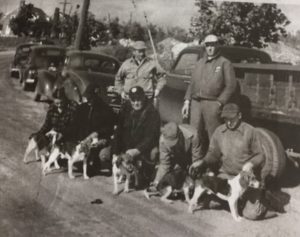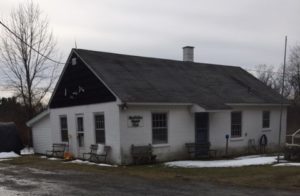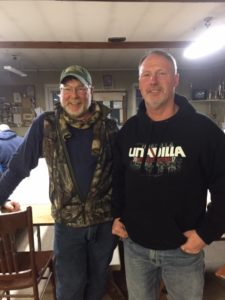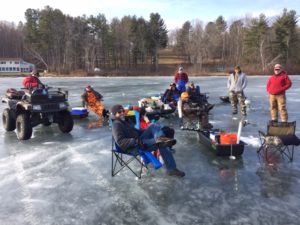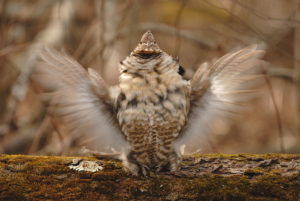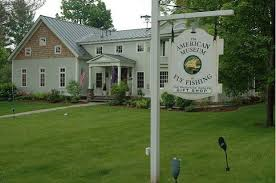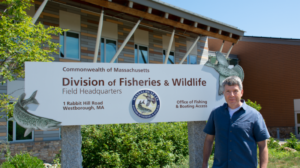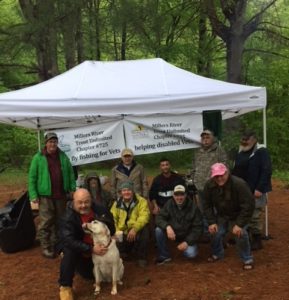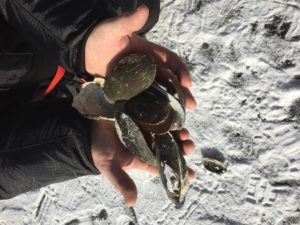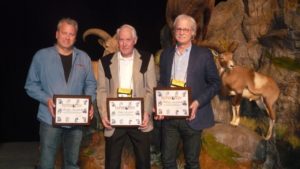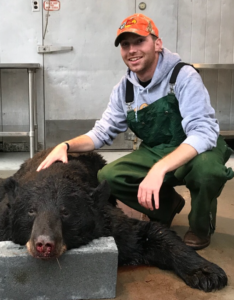Two upcoming public hearings will be conducted by MassWildlife on proposed new regulations, summarized as follows:
It is proposing the prohibition of contests for the capture, take or waste of certain predator or furbearing animals, and a new section that would prohibit the “waste” of certain game animals and birds.
MassWildlife is also proposing an amendment to existing regulations that would change the time for checking harvested fox and coyote from four days from the end of the season to within forty-eight hours of harvest.
The first public hearing will be held this Tuesday at 7:00 pm, at the Lenox Town Hall, 6 Walker Street, Lenox. The second public hearing will be held on Tuesday, October 29, at 7:00 pm, at the Field Headquarters, Richard Cronin Building, 1 Rabbit Hill Road, off North Drive, Westborough.
The draft of MassWildlife regulations, as well a related summary and other explanatory information, are available for review by the public at https://www.mass.gov/servicedetails/fisheries-and-wildlife-board-public-hearings.
There is a 2-week public comment period after the public hearings. The Fish & Wildlife Board will then review the comments at a future meeting and decide on a path forward.
Preliminary bear harvest report
In his October report to the Berkshire County League of Sportsmen, DFW Western District Supervisor Andrew Madden reported that during the September bear hunting season, licensed bear hunters reported a harvest of 137 bears; 55 reported as female, 82 as male.
This is down slightly from the 151 and 145 taken during the September season in 2017 and 2018. He felt that this may be partly due to the abundance of natural foods available this fall.
The Second Season opens on November 4 and runs through November 23.
Hopefully, if you harvested a black bear this season, you submitted a tooth and hair sample to MassWildlife. Teeth are used to find out a bear’s age, and hairs are used to study bear genetics. If you haven’t submitted the samples and wish to, MassWildlife has a video guide on how to properly extract the tooth and it is suggested that you watch it before attempting it yourself. There are also instructions as to which hairs should be sent.
They ask that you provide them with precise locations where the bears were harvested.
If you have any questions, contact MassWildilfe Black Bear & Furbearer Biologist, Dave Wattles at (508) 389-6359 or dave.wattles@mass.gov
You will receive a letter in June or July with the age of your bear.
Wild Turkey Hunting
The fall hunting season for wild turkey opens tomorrow and runs until November 2. As you may be aware, the Fisheries & Wildlife Board recently approved turkey hunting changes affecting bag limits, fall season dates, shot size, and the Youth Hunt.
NOTE: Regulation changes will NOT be effective until 2020. There are no changes to turkey hunting regulations in 2019.
Other hunting seasons open
On October 12, the hunting season for ducks and geese opened up here in the Berkshires. Be sure to familiarize yourselves with all of the regulations. You can find them at the MassWildlife web site by clicking onto Waterfowl.
There are new bag limits this year: The Mallard daily bag limit has been decreased to 2 birds (only 1 female), the Regular Goose daily bag limit for the Berkshire Zone has been decreased to 2 birds, and the Northern Pintail daily bag limit has been increased to 2 birds.
Yesterday, the hunting seasons opened for cottontail rabbits, snowshoe hare, pheasants and ruffed grouse.
Every year, MassWildlife stocks about 40,000 ring-necked pheasants statewide. These birds are stocked on public and private lands that are open to hunting. The Western District should be receiving about 10,000 of them for stocking. For a listing of local areas stocked and the frequency of stocking, click onto: https://www.mass.gov/service-details/pheasant-stocked-areas.
Incidentally, in Vermont, biologists hope a multistate research program will help them determine if West Nile virus could be responsible for a decline in the population of ruffed grouse across the Northeast and other parts of the country. Vermont is taking part in the project to determine the distribution, prevalence and potential effect of the virus on the bird and are asking hunters to help collect blood and feather samples from the birds they take this season and submit them to the state so they can be tested for the mosquito-borne illness.
The populations of the birds have been declining in several locations and biologists suspect West Nile, an illness that can also infect people, could be at least partially responsible.
Stresses are adding up because of a loss of suitable habitat, said Benjamin Jones, president and CEO of the Ruffed Grouse Society & American Woodcock Society. The Southeastern Cooperative Wildlife Disease Study is working with state biologists and veterinarians from the Great Lakes, Mid-Atlantic, Southeast and Northeast to test blood samples from hunter-harvested ruffed grouse.
Its goal is to estimate West Nile infection rates in wild grouse. Once finalized, the data will be shared with the participating states.
Coyote hunting season opened on October 13. NOTE: The current, existing coyote regulations (as described in the 2019 abstracts) ARE STILL IN EFFECT. There are no changes to coyote hunting regulations in 2019.
Tomorrow the Archery Hunting Season opens in Zones 1 – 9. Don’t forget, an Archery Stamp is required.
Hunters would be wise to refamiliarize themselves with the various regulations which affect these hunting seasons.
Here’s wishing you an enjoyable and safe hunting season!
Be alert for moose and deer
Fall is moose breeding season, which means the animals are more active, and they sometimes follow waterways into urban areas, according to wildlife officials. Whether in a car or on foot, it’s best to keep your distance — moose are big, and they can get aggressive if they feel threatened.
Last month, two moose made it into Worcester, MA the same day but only one made it out alive. One was a 600 lbs moose roaming around St. John’s Cemetery which the Worcester police and DFW personnel tranquilized and relocated to a rural area.
But later that day, a second moose wasn’t so lucky. A young bull, thought to be about 3-1/2 years old was hit by two cars on Stafford Street, Worcester. The moose suffered compound fractures in its legs and had to be euthanized.
MassWildlife reminds motorists to be mindful of increased deer and moose activity, especially during early morning and evening hours. Moose, found in central and western parts of Massachusetts, breed in September and October. White-tailed deer breed from late October to early December.
To protect yourself, your vehicle and the deer and moose from physical damage, please slow it down a bit while driving through dark and remote areas at night.
Wildlife observations
If you are an archery deer hunter or a game bird hunter, consider keeping a hunting log on all the days you hunt this season. If you complete and submit either an archery deer hunting log or a game bird hunting log before the December 20 date, you will be entered into a drawing. Prizes, donated by Cabela’s, include 1 Polar Cap Equalizer cooler (value $249.99) and two $25 Cabela’s/Bass Pro gift cards. Winners will be randomly selected and notified in late December. If you complete both types of logs, your name will be entered twice.
Archery Deer Hunting Season Log: If you are an archery deer hunter in Massachusetts, keep a daily log of your hunting activities and observations of wildlife during the archery deer season. Because archery hunters are usually very stealthy and camouflaged, they are uniquely suited to record valuable observations of wildlife including deer, wild turkey, black bear, coyote, and other species not commonly observed.
Game Bird Hunting Season Log: If you are a game bird hunter in Massachusetts, keep a daily log of your hunting activities and observations of game birds while hunting bobwhite quail, pheasant, woodcock, or grouse. These observations will provide MassWildlife biologists with information on game bird populations across the state and allow them to evaluate hunter effort of various upland game bird species.
MassWildlife seeks to maintain healthy game bird populations while ensuring quality hunting experiences for both wild and stocked birds across the Commonwealth. Your input is essential and they need hunter participation in every Wildlife Management Zone.

